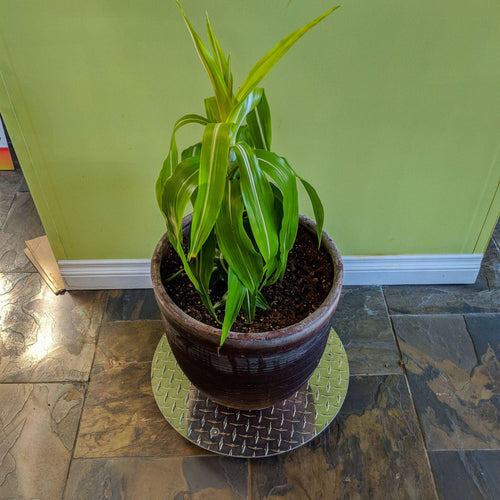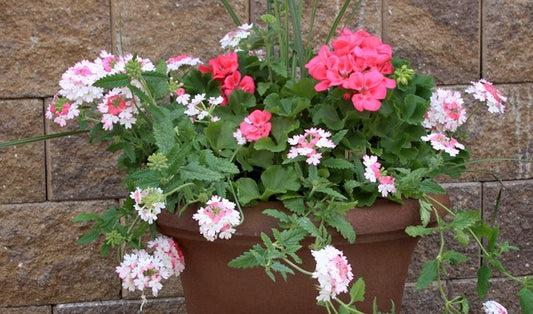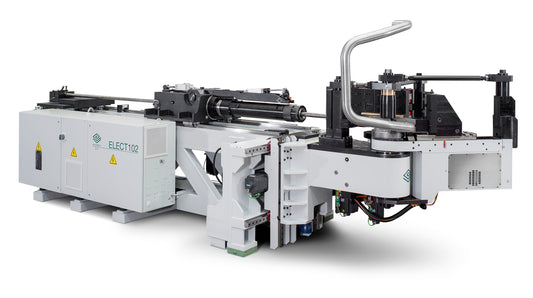Puttering about social media and the web in general, if you're looking at anything gardening, you're going to notice people talking about Zones. Someone might say "Zone 6" in their description/bio, or maybe they are talking about how to handle plants outside their native zone. No, they aren't talking about The Hunger Games...they're talking about Hardiness Zones.
Hardiness Zones range from 1 to 13, with subsets in each range, and these zones refer to the Average Annual Extreme Minimum Temperature. So, for example, the very northern-most part of Alaska is designated Zone 1a...where the extreme min temperature is -60 to -55. On the other end of the spectrum is Zone 13b, with an extreme min temperature of 65 to 70. (sure sounds nice, doesn't it?) As far as the US goes, you'll find this zone in Puerto Rico. We're in Zone 8a, ourselves. What grows in Zone 8a, you might ask? Coneflowers, Coreopsis, Hemerocallis, Echinacea, Hydrangea...lots of beautiful plants!
You can check which zone you are in (in the US) by clicking here.
Zones are especially important when it comes to large fruit-bearing trees and plants. When there's a frost warning or a cold spell in a region, growers are often scrambling to protect the crops. This is especially true in typically warmer climate zones, like California. When the temperature goes down below freezing, there is a mad dash to protect citrus groves. So for citrus growers in colder climate zones, like ours, it is beneficial to have a method of moving your plants indoors when the weather gets too cold.
For that, we've developed our Heavy Duty Plant Caddy, which fits pots up to 14", 17" and 21" diameter sizes. With its sturdy steel construction, all-weather ultra-durable powder coating, slip-guard ring, rubber wheels and dimpled base, this is the last plant caddy you'll ever buy! You'll be able to move heavy plants (up to 450 lbs) around effortlessly, which is critical for anyone growing plants, even if those plants are native to that zone.
Springtime is for gardening, and we encourage everyone to share in the joy of helping plants to bloom and grow!






1 comment
What zone is S E Texas